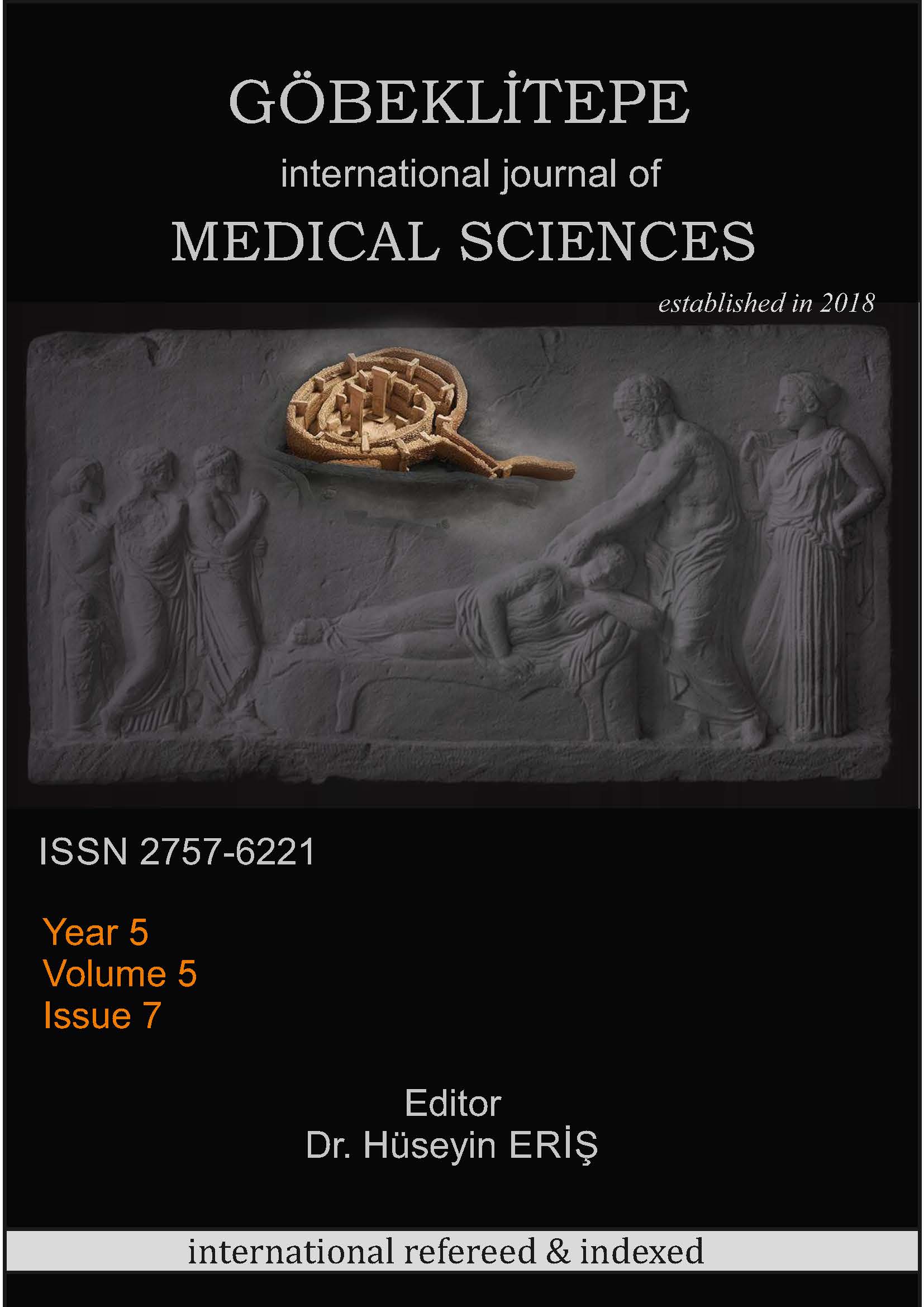EVALUATION OF WOUND HEALING IN EPISIOTOMY AND CESAREAN INCISIONS USING REEDA SCALE
DOI:
https://doi.org/10.55433/gsbd/124Keywords:
Cesarean Incision, Episiotomy Incision, REEDA Scale, Wound Assessment, Wound HealingAbstract
Some factors that prevent wound healing delay healing. Therefore, evaluation and monitoring of wounds is an important intervention. The use of scales in wound assessment is one of the factors that facilitate nursing care and increase the visibility of nursing functions. This descriptive and comparative study was conducted to evaluate wound healing in episiotomy and cesarean section incisions with the REEDA (Redness, Edema, Ecchymossıs, Discharge, Approximation) scale. The population of the study consisted of patients hospitalized in the gynecology and obstetrics clinic of a university hospital between 20.06.2019 and 02.08.2019, and the sample consisted of a total of 107 women, 53 of whom had a vaginal delivery with episiotomy and 54 who had a cesarean section. Research data were collected using the Patient and Wound Diagnosis Form, the REEDA Scale, and the Numerical Rating Scale. Statistical evaluation of the data was done using IBM SPSS 22 program and R programming language. On the 1st follow-up day of the study, it was determined that the REEDA scale total scores were higher in the episiotomy group and the difference was statistically significant (p<0.05). It was observed that the total scores of the scale did not create a significant difference between the groups on the 3rd and 7th follow-up days (p>0.05). In episiotomy incisions, the sub-subscale scores of the scale were higher on all follow-up days for redness, on the 1st and 3rd follow-up days for edema, and on the 1st follow-up day for discharge (p<0.05). The sub-subscale scores in cesarean section incisions were found to be higher and statistically significant on the 3rd and 7th follow-up days for ecchymosis and on the 7th follow-up day for discharge and approximation (p<0.05). According to REEDA scale scores, it was determined that the healing process in cesarean section wounds was longer than in episiotomy incision wounds.
Downloads
Published
Versions
- 2023-03-27 (2)
- 2022-03-15 (1)





